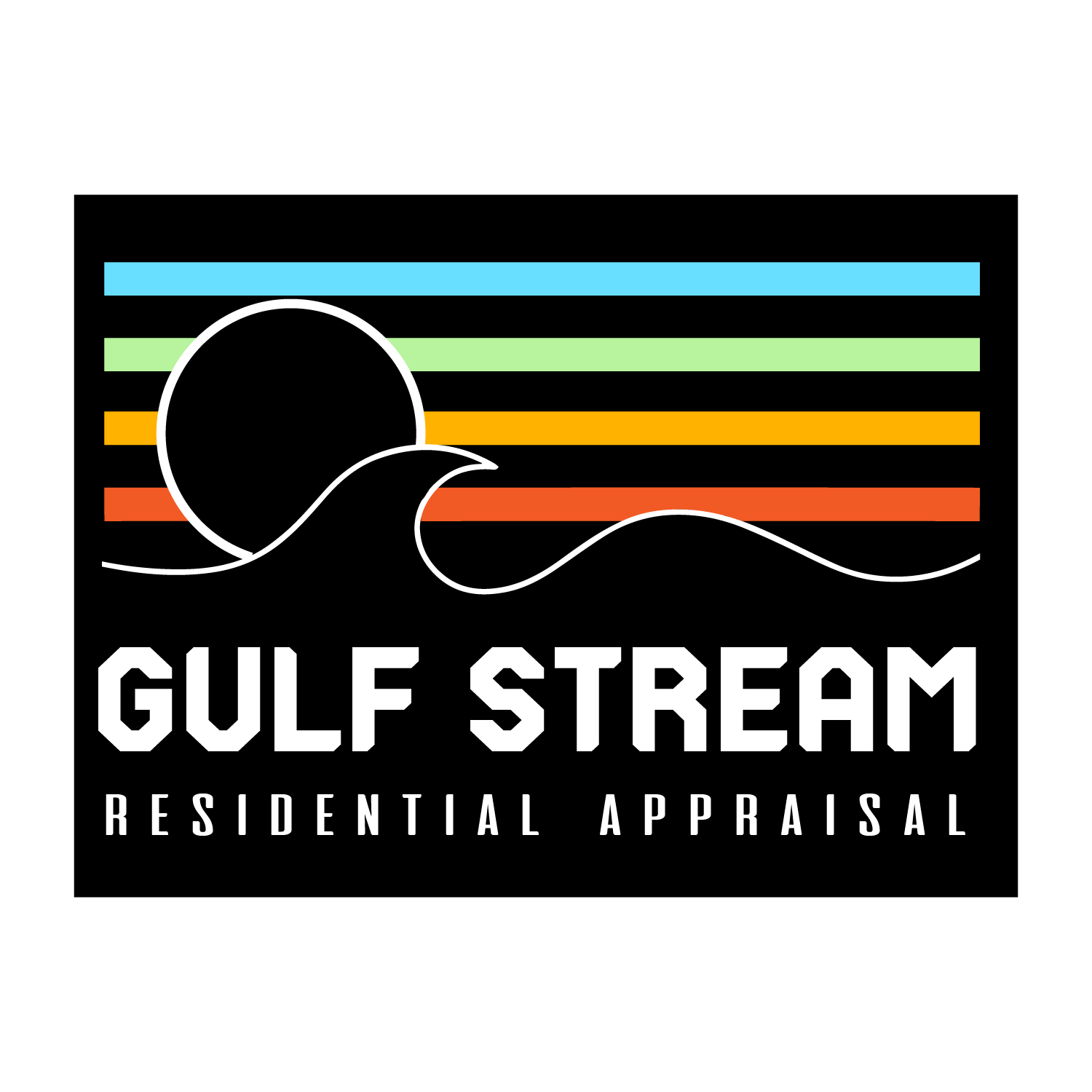
Appraisal Options & Pricing
Choosing the Right Appraisal Report
Figuring out which appraisal report you need can be confusing. At Gulf Stream Residential Appraisal, we customize our services to match your specific situation, whether it's for legal matters, investment decisions, or planning renovations. The right report depends on how you’ll use it and who needs to see it.
Narrative / Full Form Appraisal Report:
This is our most detailed report, offering an in-depth analysis of your property's value. It's ideal for situations like securing a mortgage, dealing with the IRS, or legal matters where a thorough valuation is essential.
Restricted Appraisal Report:
A concise version of our comprehensive report, perfect if you're already familiar with the property and the local market. It's typically used for personal insights or by real estate professionals and isn't usually meant for formal purposes like loans.
Evaluation Report:
This is a bare-bones valuation that meets USPAP reporting standards but includes only an opinion of value, no market analysis, comparable sales, or adjustments. If you just need a simple value figure without the details, this might be a fit.
The table below outlines the basic structure of the three appraisal report types.
Note: Appraisal fees can vary based on factors such as property complexity, location, and the scope of work required. Unique properties, legal matters, or expedited timelines may result in adjusted pricing to account for the additional time and resources involved.

Request Your Free Property Valuation Quote
Get in touch with us today at (239) 449-6002 or complete our free quote form to receive expert insights on your property's value.




